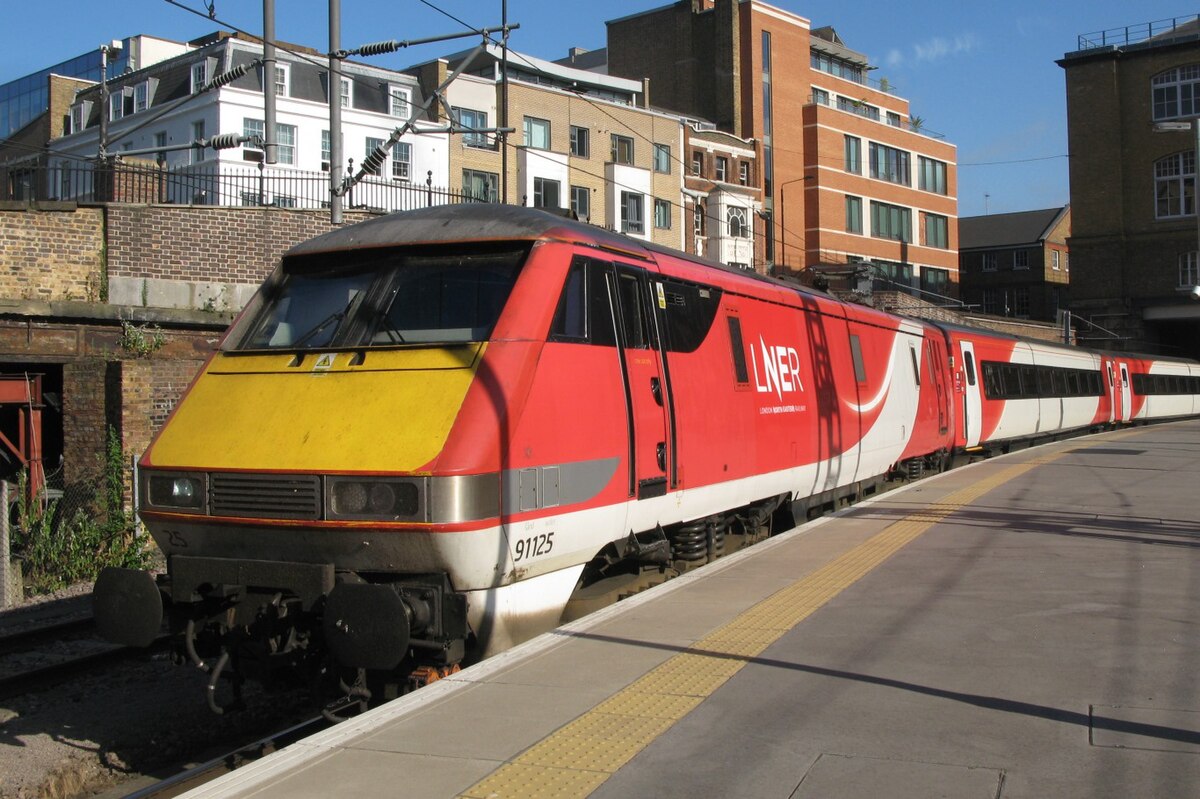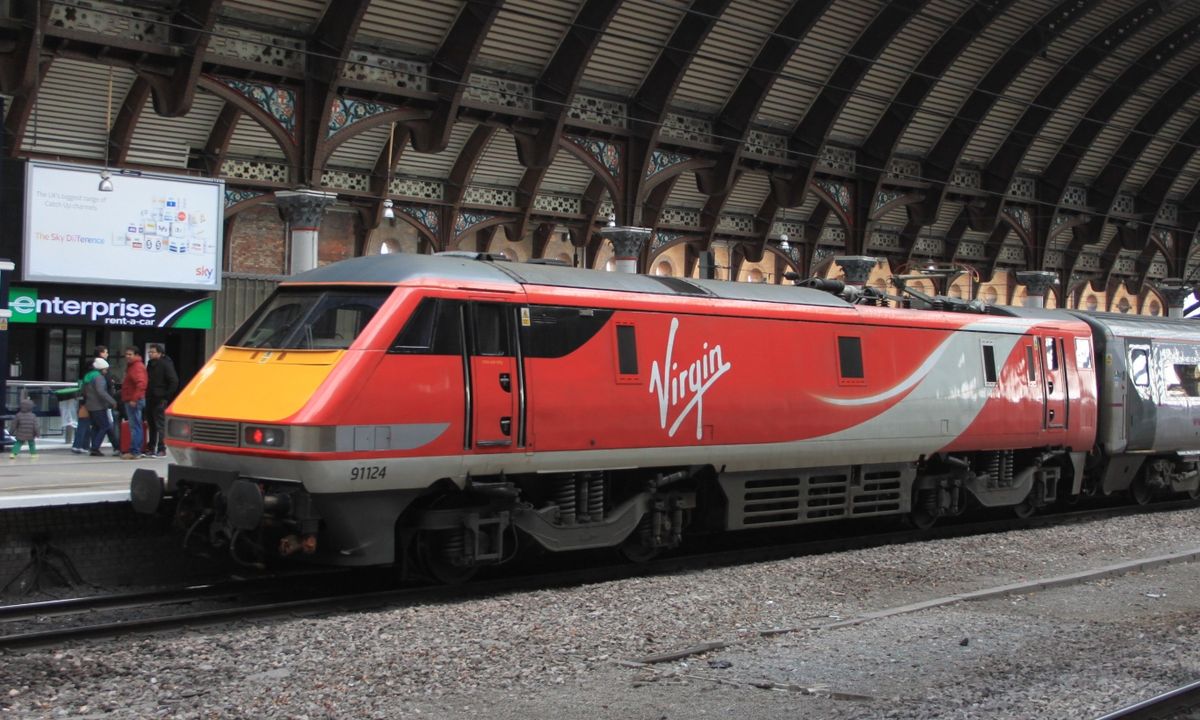During the late 1980s when the Class 91 Locomotives began rolling from British Rail Engineering Limited’s Crewe Works, they were impressive, sleek, and fast, and would change long-distance traveling on the East Coast Main Line.
Today, 31 years later, these electric workhorses are still most admired pieces of British Railway Engineering and, are the engineering works of an innovational and ambitious time in the network of British Rail.
A Bold Vision for Speed
The Class 91 Story BEgins in the 1980s when British Rail sought to modernise the East Coast Main Line and to conduct a 393-mile route electrification between London King’s Cross and Edinburgh.

The aim was customers air travel in time and in comfort. The result was project Electra which produced class 91, an 140 mph locomotive making it one of the fastest in the British Rail collection even though it was limited to 125 mph in service. The class 91 was coupled with 9 Mark 4 coaches and a Driving Van Trailer forming the famous InterCity 225 set. The set was branded 225 referring to the high speed of 225 kilometers per hour making it one of the fastest in Rail.
Boasting 6.3 MW of electric traction, the Class 91s were light, powerful, and aerodynamically efficient. With a weight of 84 tonnes, the Class 91s were light, powerful, and aerodynamically efficient. Their streamlined nose and under-body fairings hinted at a Britain eager to embrace the future.
From InterCity to LNER: A Changing Identity
Introduced into passenger service in 1989, the Class 91s became the flagship of InterCity East Coast, pulling the premium expresses from King’s Cross to Leeds, York, Newcastle, and Edinburgh.
Over the years, the locomotives have carried a patchwork of liveries that tell the story of Britain’s changing rail landscape: InterCity’s bold swallow logo, the blue and silver of GNER, the red and white of Virgin Trains East Coast, and today’s distinctive LNER Azuma-inspired palette.
Modernisation and Longevity
As newer fleets like the Hitachi Class 800/801 Azumas entered service, many assumed the 91s would fade into retirement. With the rest of the Hitachi fleet to maintain, the 800s were seen as the future of the Great Western Railway. With premium services fitted to the 91s, many passengers were left surprised when the service notified them that the 91s were to be kept in service.
Yet LNER and Network Rail expanded on the life spans of the Class 91s and the Intercity 225 trains to the overall quality of the original design.
In the recent past, some of the Class 91s and Intercity 225 trains have received significant work to rest and update their traction systems, encapsulated braking systems, and cab interiors.

Some of the trains have even been adapted to work in testing the high-speed leg of the Class 91s and Intercity 225 trains, not meant for passage services.
Their use is justified beyond romanticism, for the rationality is their direct utility to the operational network, where for the past 30 years the Class 91s have needed the least amount of operational downtime.
Brilliant British Engineering
For many British fans of the Railways, the sound of the Class 91 accelerating out of King’s Cross is one of the unforgettable sounds of their rail journeys.
It is the sound of a powerful locomotive and the promise of all engineering that has gone into perfecting the world’s railways.
As the East Coast Main Line changes the Class 91 would continue to influence the line by the use of new aerodynamics, traction systems, and train sets. Even with imminent retirement, some Class 91s should still be able to work in preservation.
For more of the latest Rail News click here our YouTube Channel will be uploading new content in 2026 click here to subscribe





